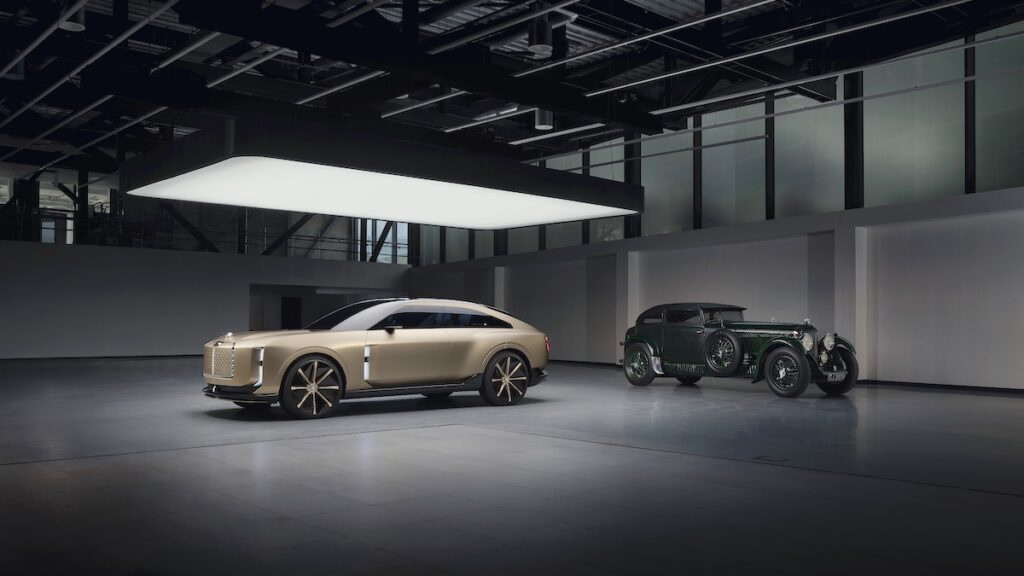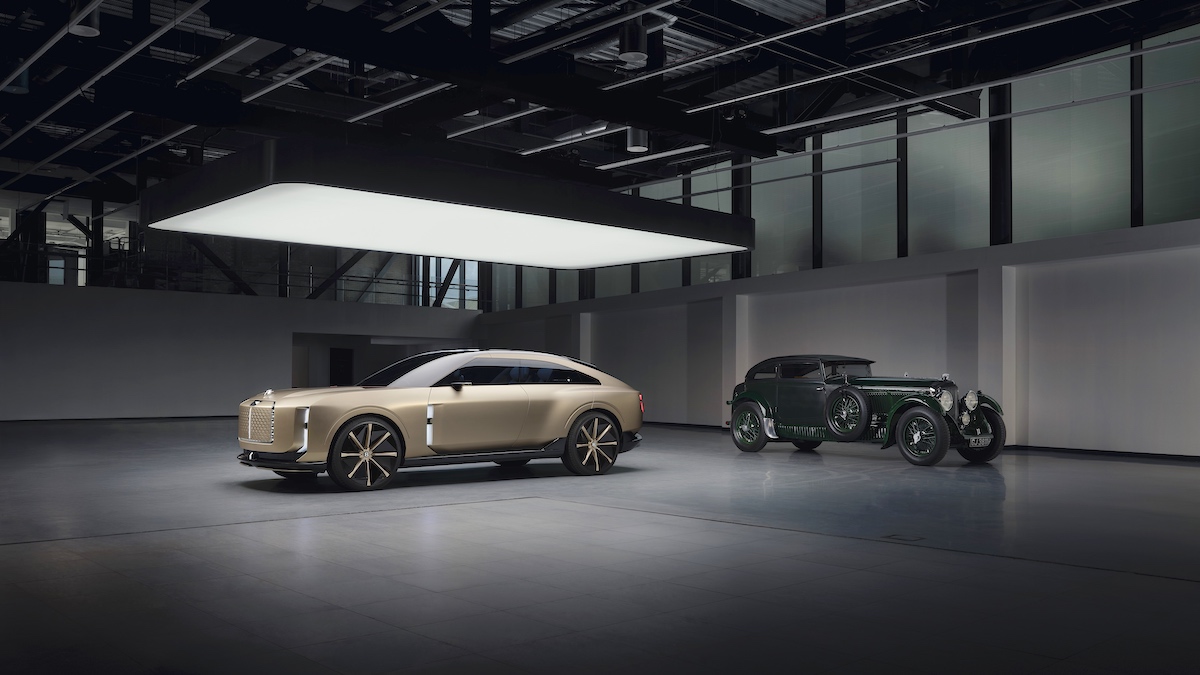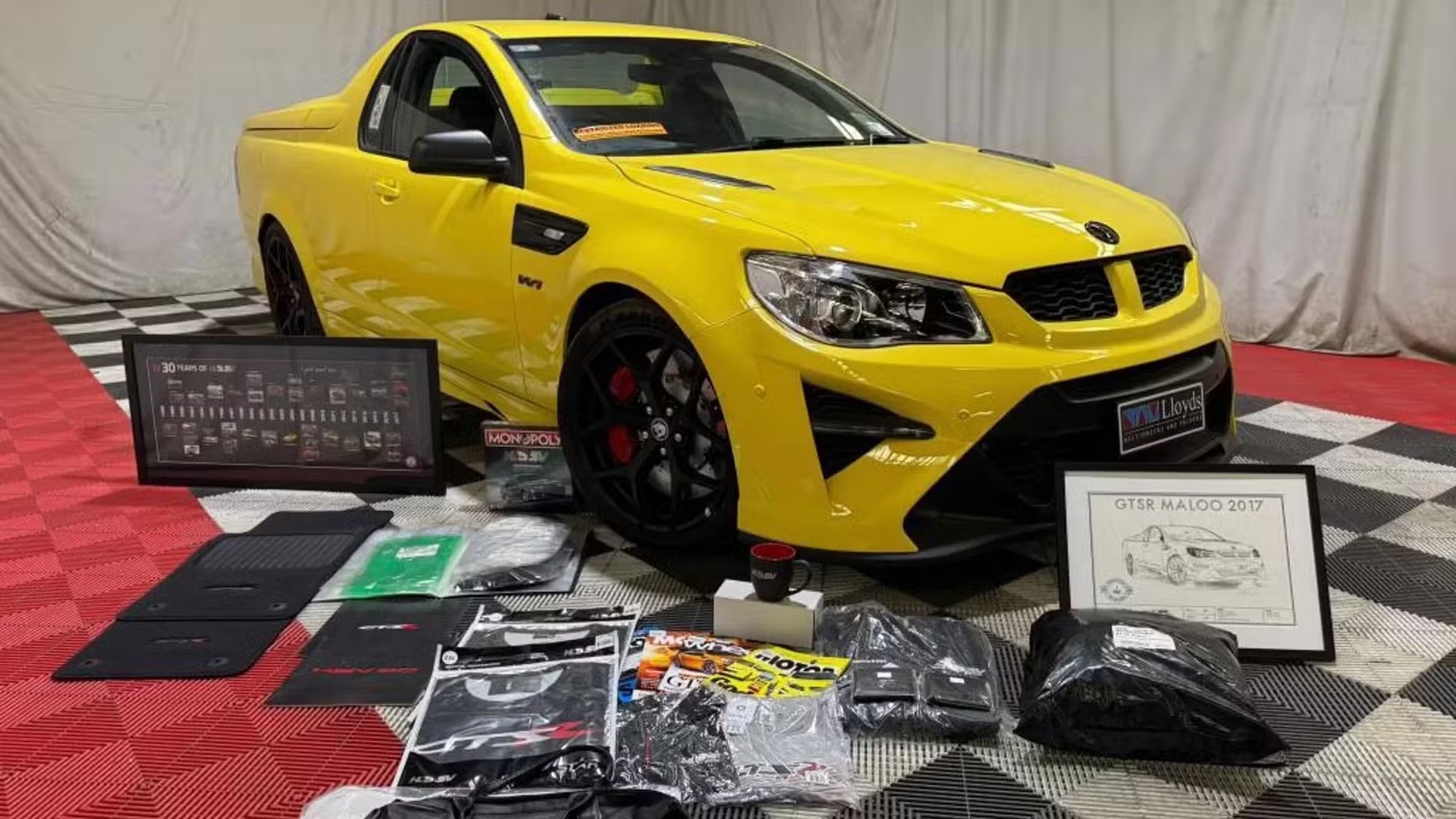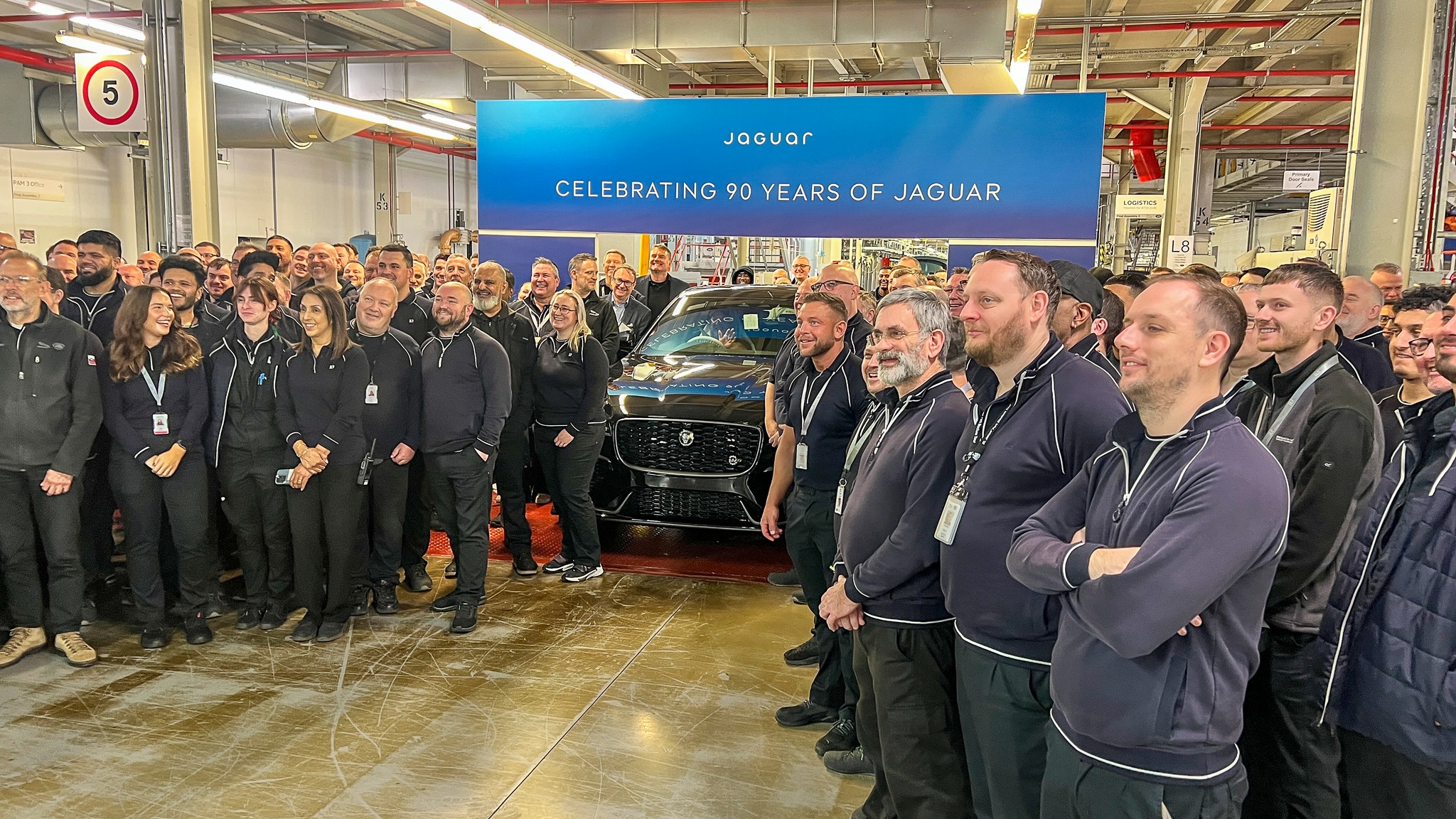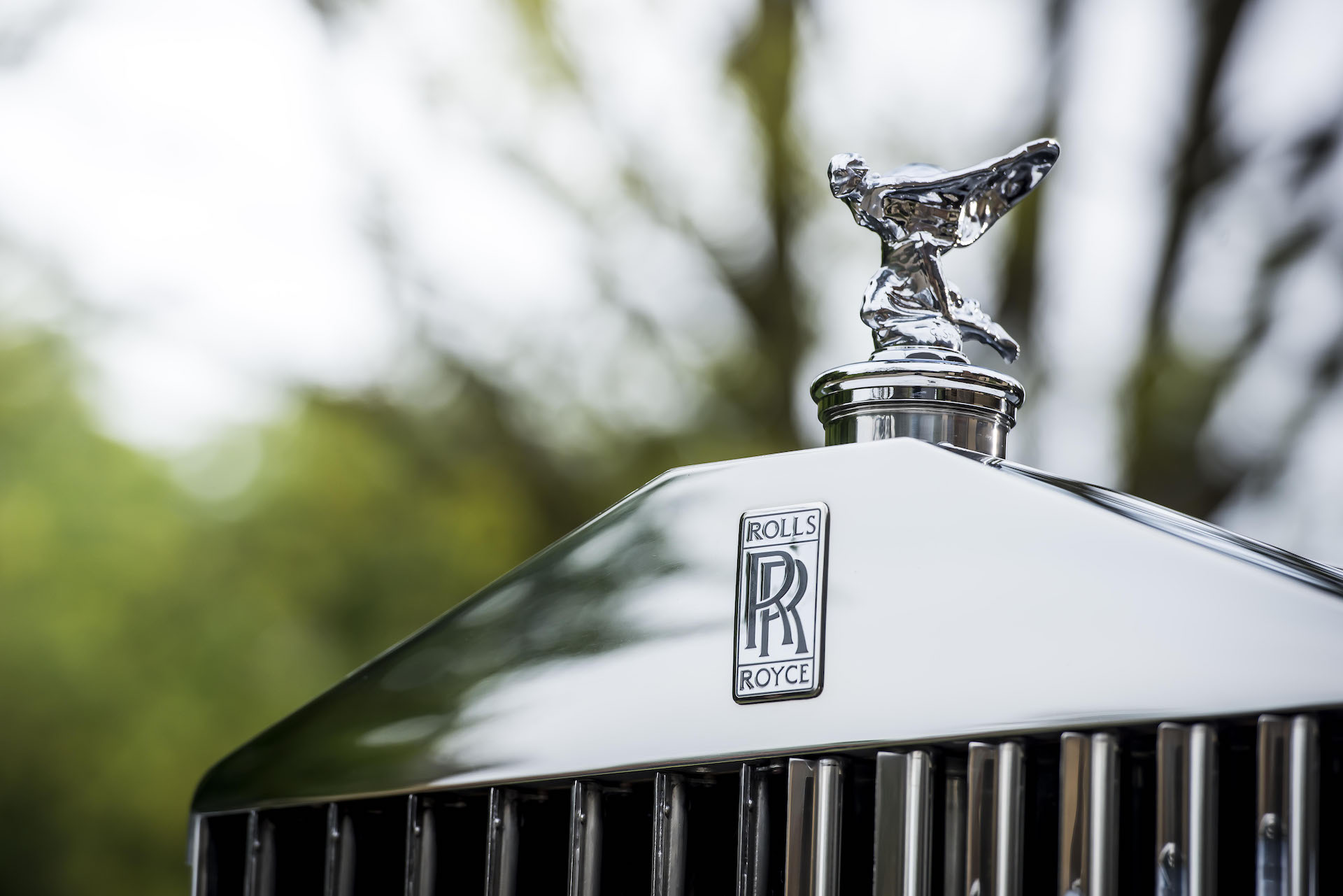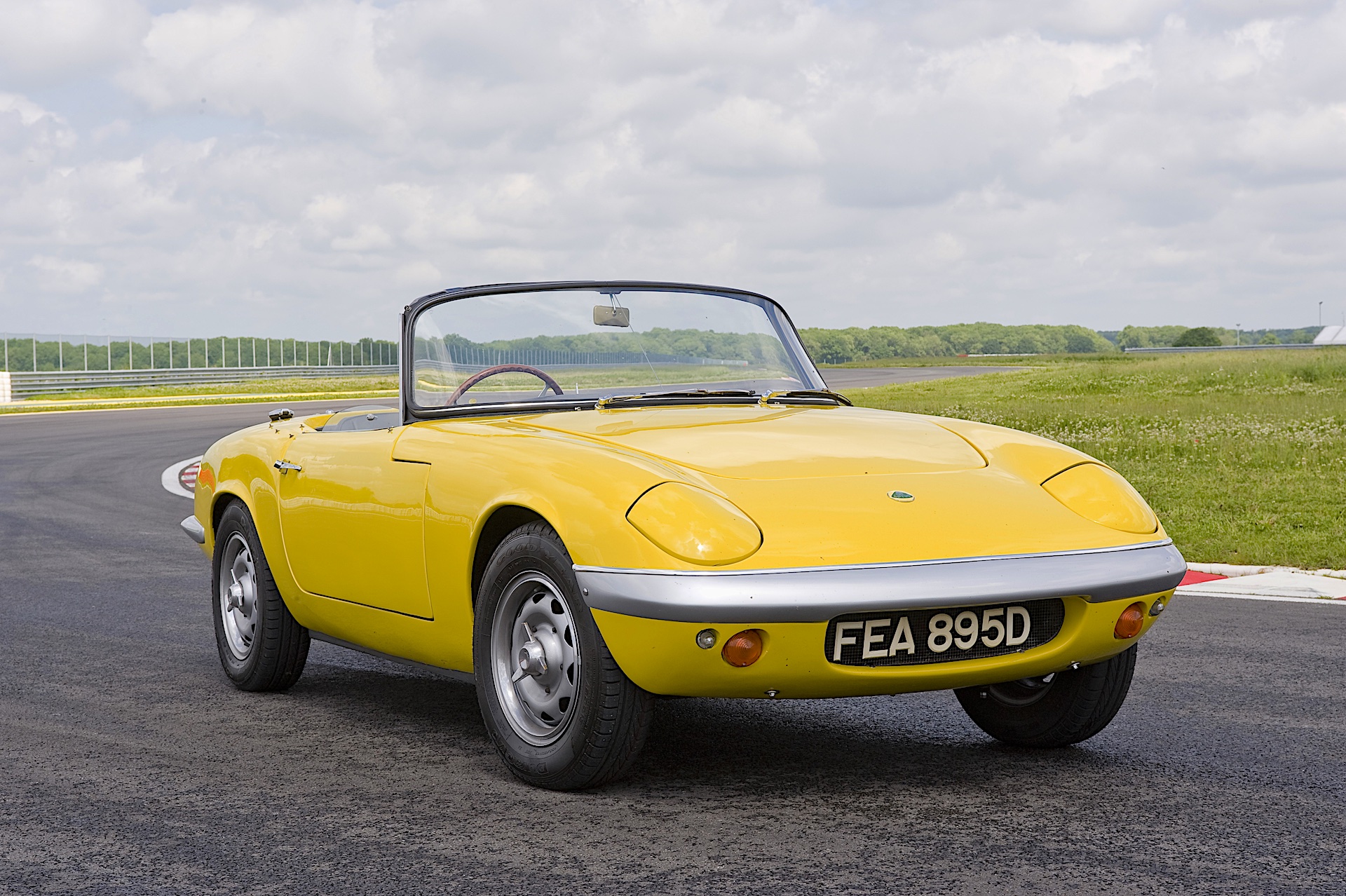Bentley Motors has just opened its brand-new design studio at its headquarters in Crewe, England, and the brand has revealed its latest concept car, EXP 15, to celebrate.
Billed as a representation of Bentley’s “design vision for the future”, this five-metre-plus luxurious behemoth actually pays homage to an iconic 1930 Bentley Speed Six Gurney Nutting Sportsman coupe.
Often known as the ‘Blue Train’ Speed Six, this famous car is associated with a race between then Bentley chairman Woolf Barnato and a luxury express train – ‘Le Train Bleu’ – from Cannes in the south of France to Calais in the north.
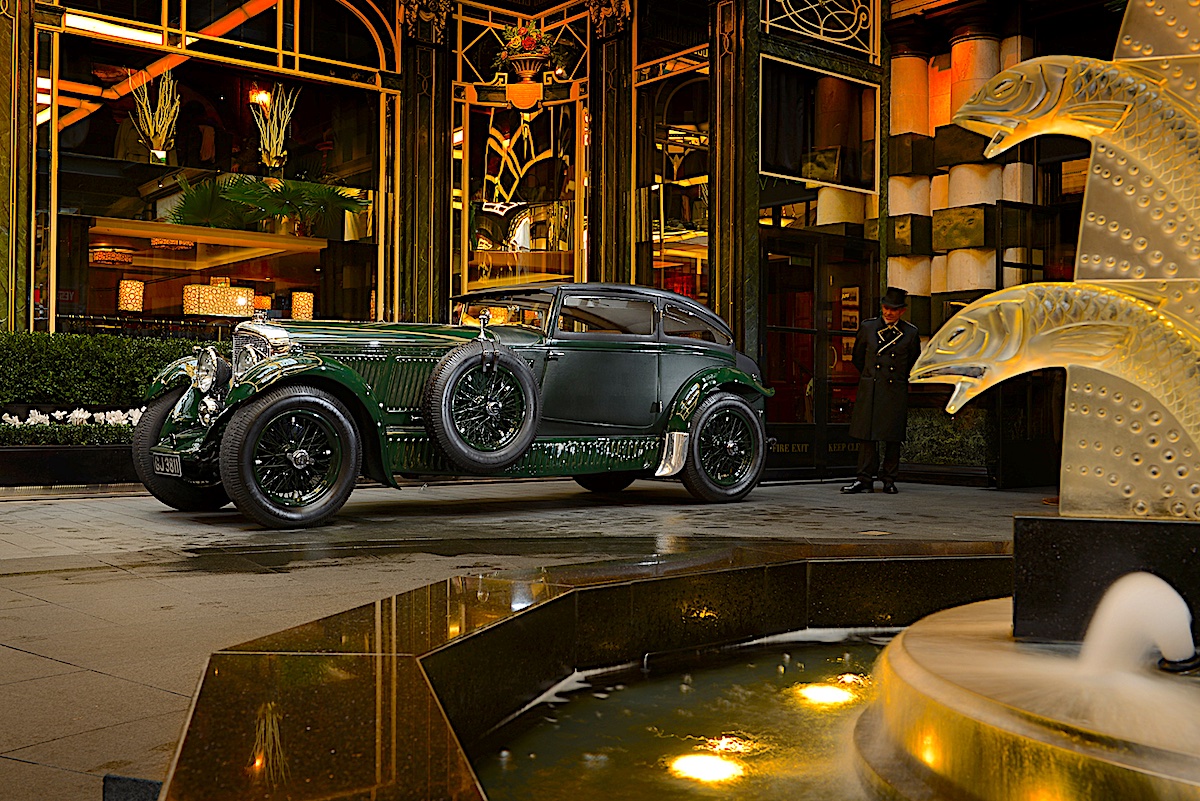
A true ‘Bentley Boy’ who had entered and won the 24 Hours of Le Mans three times, this race was over a £100 wager with his golfer friend Dale Bourn.
On the day of the race, Barnato finished his drink in the bar at the Carlton hotel when he heard the train had departed at 5:54pm. He arranged several petrol stations to remain open through the night in Aix-En-Provence and Lyon, along with a fuel tanker lorry in Auxerre.
Spoiler alert: Despite a puncture near Paris, Barnato and the Speed Six stayed ahead of schedule and arrived at the Conservative Club in London – where he was already having a celebratory drink – just after 3:30pm the following day, before the train had even reached Calais.
Despite claiming the wager, the Automotive Club de France later attempted to fine him £200 for the unauthorised race on French roads.
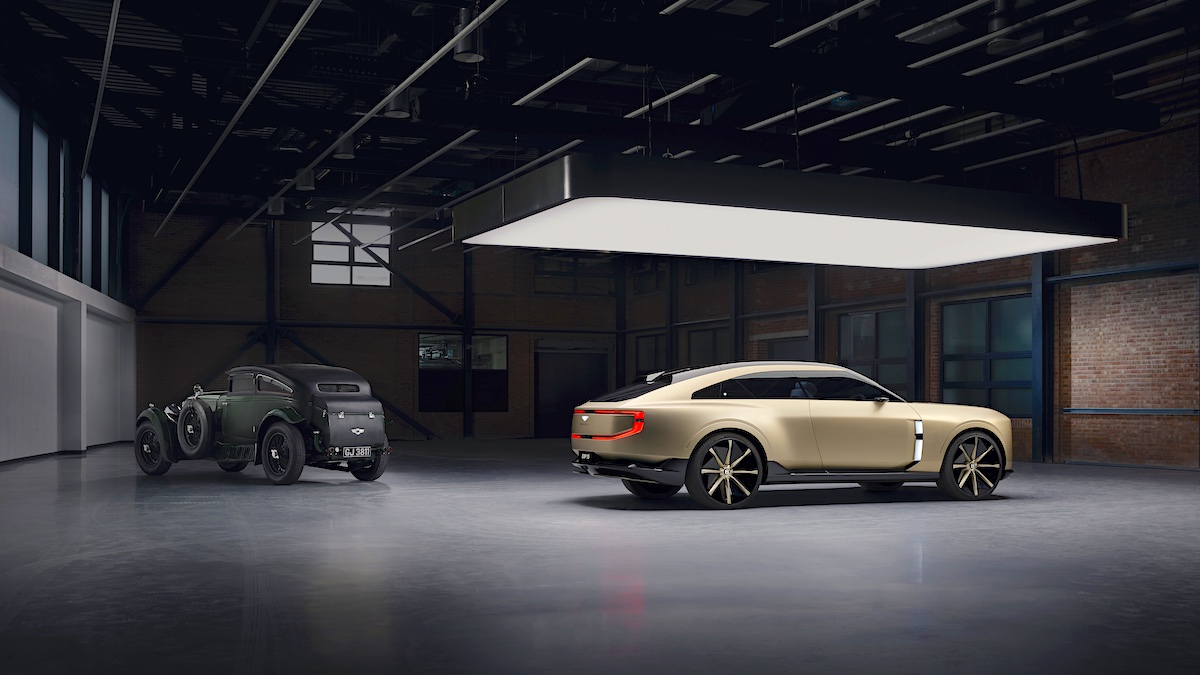
How the Bentley EXP 15 concept takes inspiration from the iconic Speed Six Gurney Nutting coupe
Featuring a bold upright grille – adorned with the new, fifth-ever version of the ‘Winged B’ emblem – along with a long ‘endless’ bonnet and rearward cabin, the silhouette clearly shares a resemblance to that of the Speed Six.
As a sign of its forward-thinking design, EXP 15 also features high-tech lighting details, active aerodynamics, and a unique three-door layout (two on one side, one on the other) seemingly nabbed from the, err, now-discontinued Hyundai Veloster…
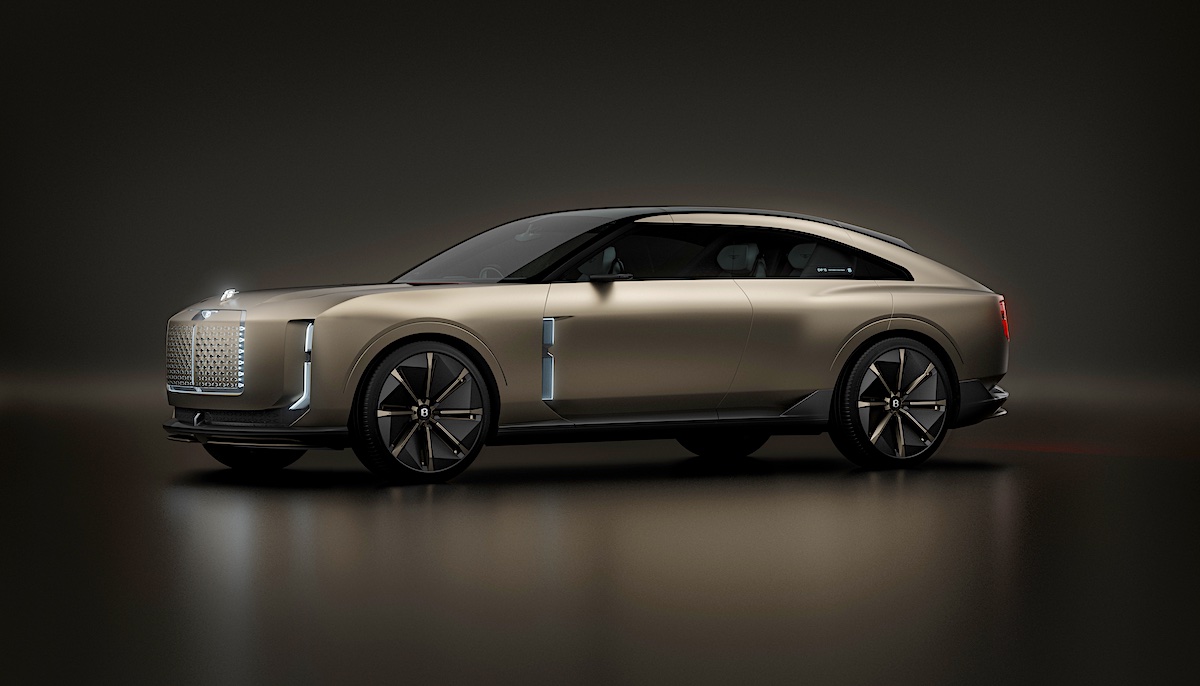
The three-seat interior – which was created using virtual reality (VR) technology, and which draws upon the Gurney Nutting Speed Six’s unique 2+1 cabin – supposedly leaves room for pets or hand luggage inside the cabin, while the boot space doubles as “upmarket picnic seating”.
Old meets new in the cabin as well, though, blending materials such as a 100 per cent wool textile from Fox Brothers – English weavers of over 250 years’ standing and the inventors of thorn-proof cloth – is used in a damson ombre effect alongside lightweight 3D-printed titanium finishes.
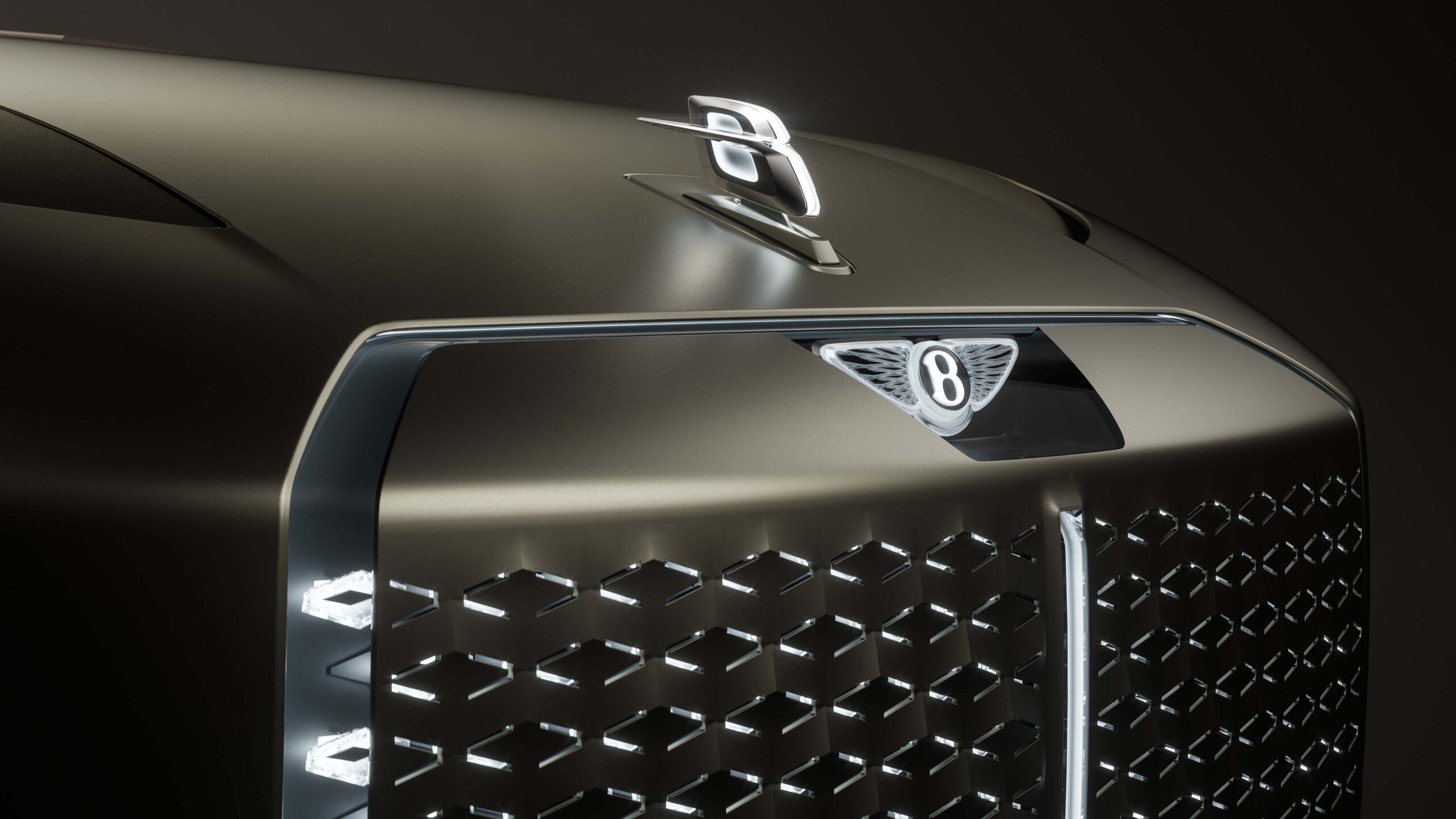
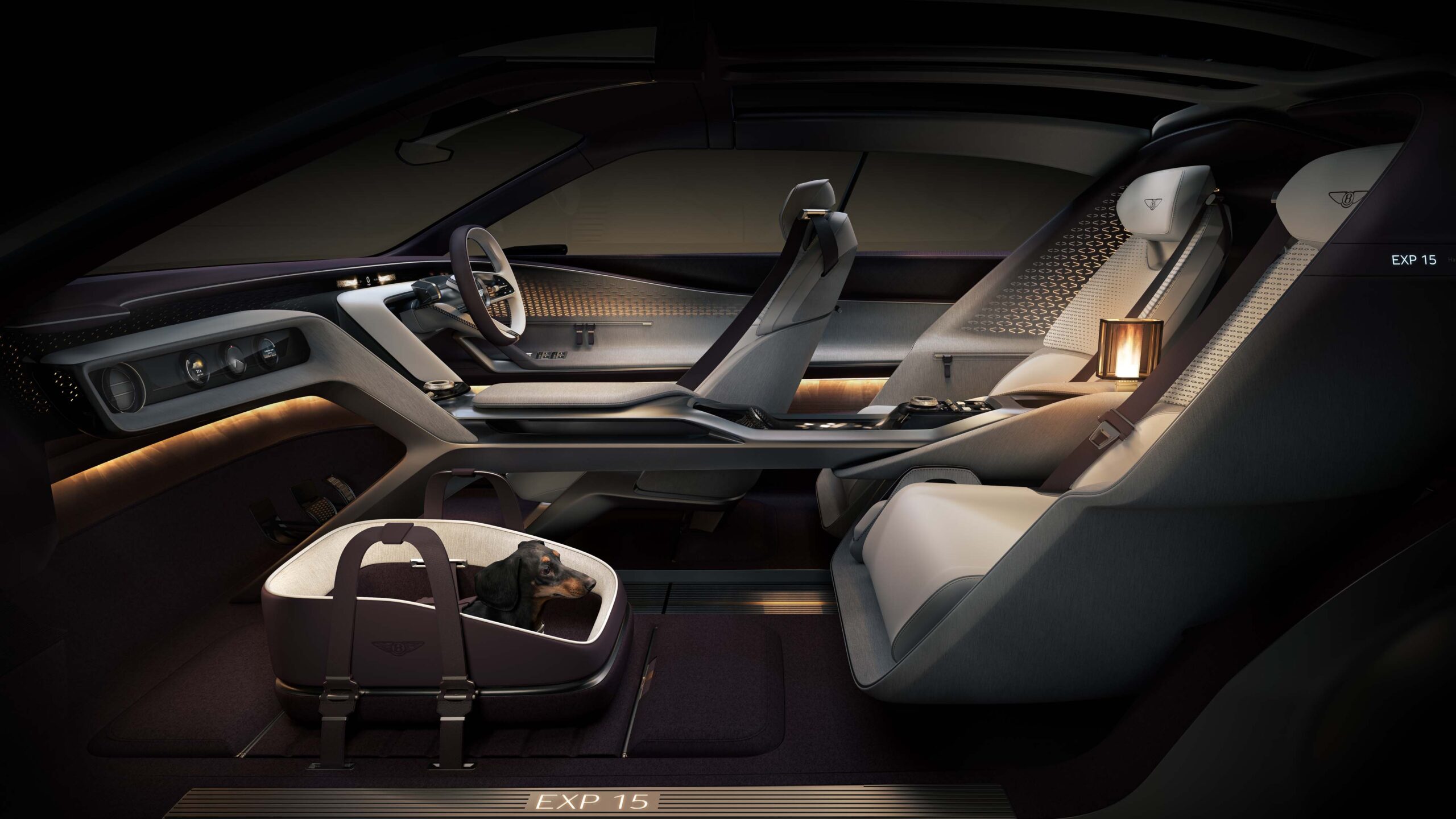
The future for Bentley design will draw heavily from the past
Before you worry too much about this car’s oddities, Bentley has confirmed there are no plans to put EXP 15 into production.
However, the brand has confirmed that this electric concept car previews the five exterior design principles that will define Bentley’s future models. These characteristics include:
- ‘Upright Elegance’, which Bentley claims expresses “the idea that all the fronts of Bentley cars – in silhouette – should display a very gently curved vertical line, akin to the upper body of a thoroughbred horse, just after it has that walked forward and come to a confident stop.”
- The ‘Iconic Grille’, which despite making the switch to electrified powertrains is still seen as important to the brand’s historic visual architecture.
- An ‘Endless Bonnet Line’ which reflects a heritage and back catalogue of vehicles where a large combustion engine needed to be accommodated underneath. This line continues unbroken under the side windows and right back to the rear pillar of the car, similar to that of the 1930 Bentley Gurney Nutting coupe pictured alongside EXP 15.
- The ‘Resting Beast’ exterior design philosophy. “All the finest Bentleys feature rear haunches that bulge outward from the body of the car above the rear wheels, expressing their ‘muscle’ and potent energy, just like the rounded shape of the bent upper legs of a big cat,” explains Domen Rucigaj, the brand’s head of exterior design.
- Finally, the ‘Prestigious Shield’ which on EXP 15 refers to the large, clean surface at the rear of the car. On heritage Bentleys like the Gurney Nutting coupe, this would have been a luggage section separate to the body, but it forms part of the tailgate on this new concept.
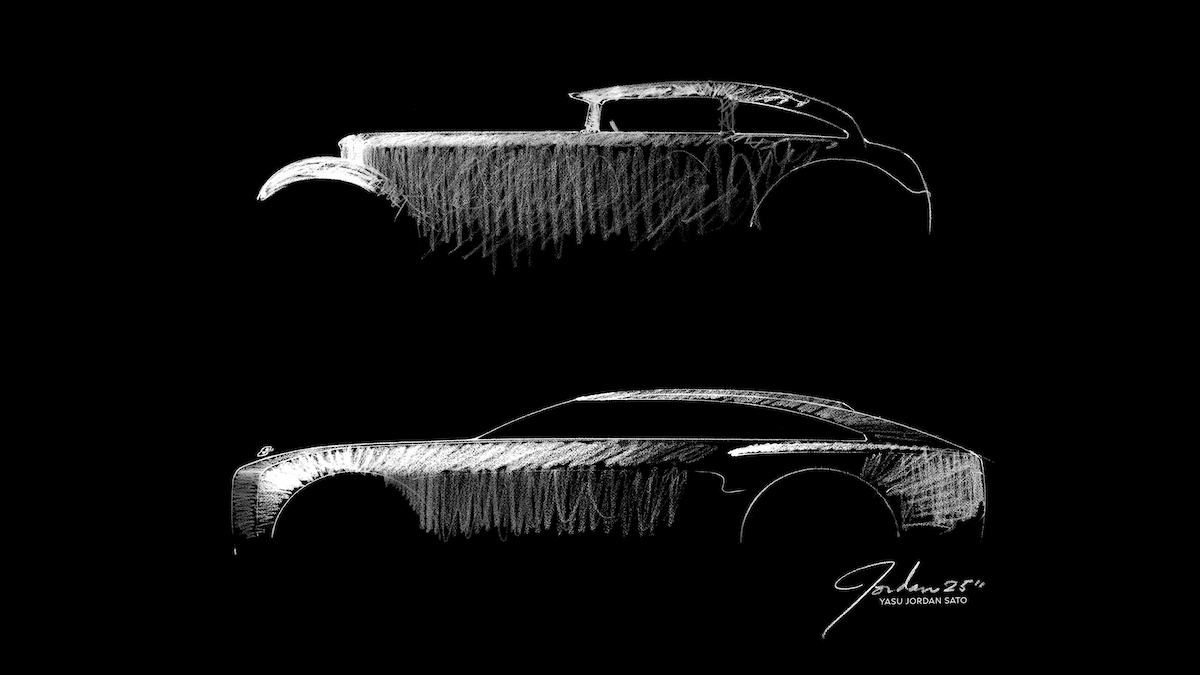
There are also a further three traits of EXP 15’s bodywork that Bentley’s director of design, Robert Page, have identified as key markers for how modern Bentley models will be sculpted:
- ‘Monolithic Presence’ – to give the visual expression that elements of the car appear to be cut from a single block of stone.
- ‘Muscular Form’ – creating tensioned surfaces that visually indicate potential power, like an athlete’s body after an intensive training programme.
- ‘Carved Precision’ – which is about reducing visual weight to ensure a clear and exact surface while keeping a sense of solidity.
Amid ongoing controversy surrounding Jaguar’s dramatic and costly rebranding, it seems Bentley knows that even if regulations mean the brand will need to make the switch to electric powertrains, it doesn’t want to alienate its key customer base nor tarnish its heritage.
Instead, it seems the team in Crewe want to double down on what makes a Bentley a Bentley. With any modern car design, there will always be some abstract qualities like those listed above, but long bonnets and modern takes on the Speed Six clearly aim to keep the brand’s main customer base happy.

